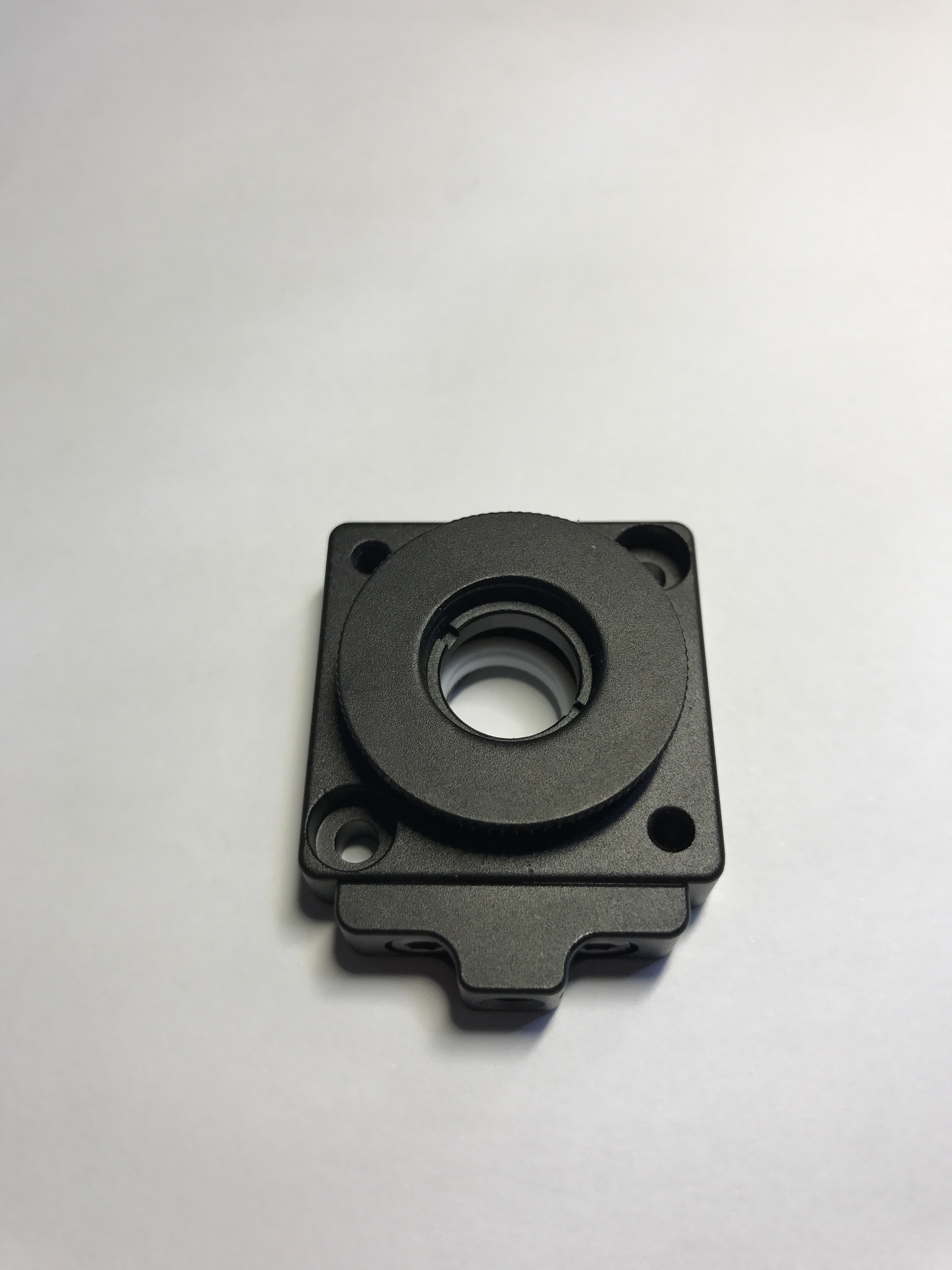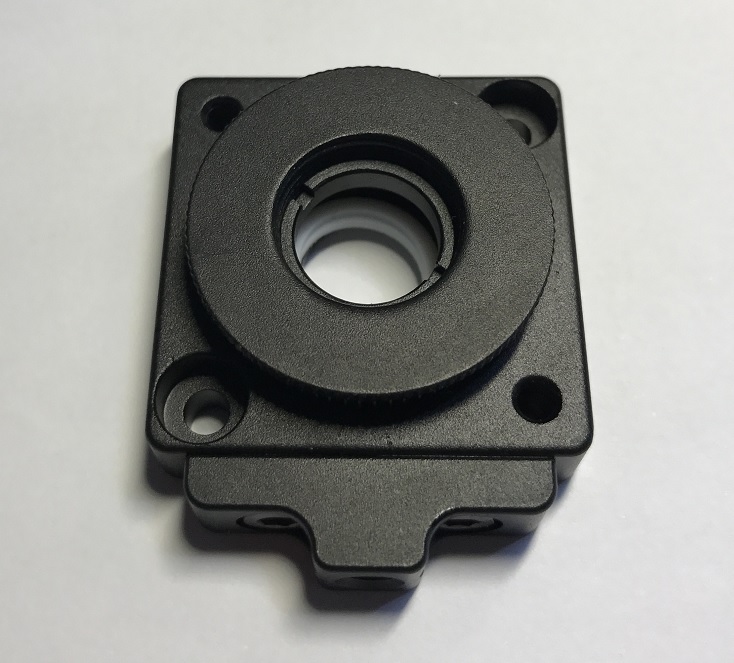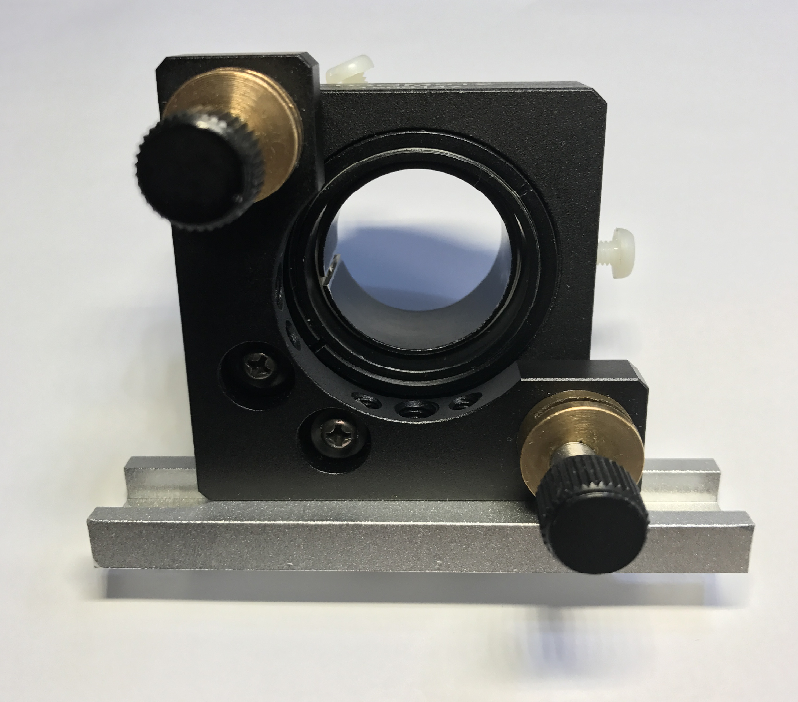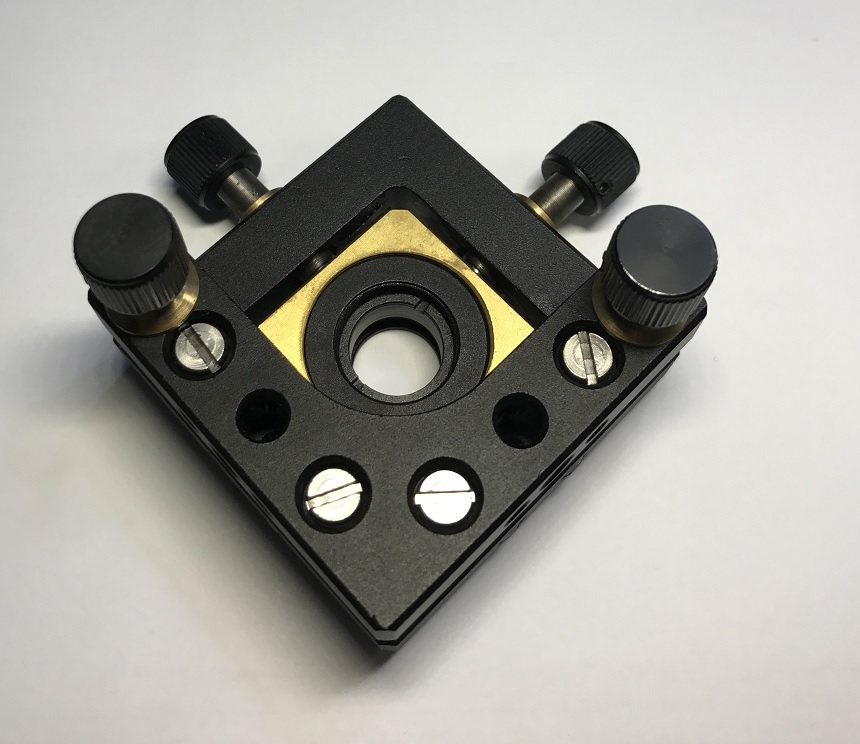Design of three-color LED real-time traffic information display system based on dual CPUs Based on dual CPU three-color LED real-time traffic information display system design Based on dual CPU three-color LED real-time traffic information display system design technology classification: human-machine interface publication time: 2007- 08-28 Abstract: This paper introduces the application of LED display in transportation. It introduces the design method of LED dynamic display based on dual CPU and dual port RAM, the control of three colors of display and the realization of scan drive circuit. Finally, the method of extracting Chinese character lattice under VB6.0 is given. The actual operation shows that this method is very practical.
Keywords: intelligent transportation system, LED dot matrix, Chinese character font, dual port RAM, dual CPU
0 Preface
With the rapid development of urbanization and transportation, in the research and development of intelligent transportation system (ITS), traffic guidance information system is the main means to solve traffic congestion, ensure traffic safety and improve the efficiency of transportation network. The release of traffic information is an important part of the direct effect of the entire induction system. It uses it to publish traffic instructions and road conditions in real time to improve the traffic capacity of the road. LED dot matrix display has become an important way of traffic information release because of its bright color, high brightness, long life and stable and reliable operation. Single primary color (red or green) LED displays often fail to meet the differences in information classification and viewing angles, while traffic information is mainly for vehicle drivers. Since the vehicle stays in the visible distance for a short period of time, it should avoid complicated Grayscale graphics and animated content to avoid disturbing the driver. In the display system of red, yellow and green in two primary colors, red, yellow and green are common colors in the traffic field, representing prohibition, warning, and consent slogans, which can achieve color change. The effect, which gives a visual difference, coincides with the color of the signalling device of the traffic control department. The dual-CPU and dual-port RAM are used to make a large three-color graphic display system. The data processing and transmission are respectively performed by two independent CPUs, which not only improves the processing speed and stability of the system, but also makes the software design relatively simple.
1 system overall design
The content of the display is dynamically refreshed, and the CPU has to perform a lot of data processing and transmission. According to the visual characteristics of people, the frequency should be greater than 50HZ. In actual design, in order to achieve better results, the frequency is generally greater than 60HZ. For large graphic display screens, systems based on single-processor and general-purpose memory are encountered in hardware and software design, and the display is prone to flicker. The dual CPU structure and dual-port RAM enable processing data and output data to be simultaneously performed, which improves the scanning speed and the display content is quite stable. The overall structure is shown in Figure 1.
1. 1 system dual CPU control principle
Both CPUs use the AT89C51 with 4KROM, which is enough space for this system. The CPU 1 is responsible for communication with the command center PC and processing and programming of data in the buffer area, and the CPU 2 is responsible for the generation of the line scan signal and the output of the display data. The non-volatile memory chip 28C64 is used to store the display content, and can store 8K bytes of Chinese characters, ASCII or graphics. The IDT7132 is a COMS static dual port RAM with a storage capacity of 2K x 8 bits. It has two completely independent data lines, address lines, and read and write control lines, and has a set of competing arbitration circuits, so that two CPUs can be used to access internal resources independently.
The 2K byte storage space of IDT7132 is divided into two display buffers, E1 area and E2 area, occupying 1K bytes of space respectively. The CPU 1 coordinates with the CPU 2 (P3.2, P3.3) through P1.1 and P1.2, and alternately uses the buffer areas E1 and E2. When the CPU 1 processes the data of the E1 area, the CPU 2 displays the data of the E2 area. When the CPU 2 outputs the data of the E2 area, it shifts to the data output of the E1 area, and notifies the CPU 1 to process the data of the E2 area, and starts the next round of the loop. Since the two CPUs access two different areas of the ITD7132, the simultaneous access to the same unit is avoided, and there is no problem of arbitration. Therefore, the two CPUs can work independently at the same time, respectively completing data processing and transmission, and reducing the CPU2. The pressure to process large amounts of data greatly increases the speed of operation and the display content is quite stable.
While processing the data, the CPU 1 monitors the commands and data sent by the command center at any time through the RS232 interface. Such as display on/off, color, operation mode, moving speed, traffic information content, etc. After receiving the data and processing the data of the buffer area, the CPU 1 notifies the CPU 2 to start outputting the display of the new content and running it according to the new run control word.
1.2 color generation and control
The display module adopts a double primary color module of 8X8 dot matrix, 16 angled driving red tube and 16 angled driving green tube, and the combined color can achieve the effect of bright yellow. The line scan signal is completed by two 74LS154 4-16 decoders, which are controlled by P3.4 and P3.5 of CPU2 to generate 16 lines of red and 16 lines of green scan signals respectively, which are active high. If P3.4=1, P3.5=1, that is, at the same time, the red and green scan signals are generated at the same time, and the color of the display is yellow, thus achieving three colors. In the transportation sector, red represents a forbidden slogan, yellow represents a warning slogan, and green represents an agreed slogan that is consistent with the signal color of the transportation department in the actual application. According to the needs of the display content, through the application programming, the display of the characters and the lines of the three colors can be realized at the same time, as shown in Fig. 2.
1.3 General display unit driver
The design of the drive circuit directly affects the production cost and display effect of the system and the running performance of the system. A 16-bit dual-level primary color 8x8 dot matrix module is used to form a 16x64 dot matrix universal display unit. Divided into two lines, each with 8 blocks. The row scan signal is completed by two 74LS154 4-16 decoders, and the output of the column data is transmitted by parallel shift latch. A latch chip such as the 74LS273 can be used, which is connected end to end. Although this method has high quality requirements and high density for the printed circuit board, it increases the difficulty of wiring, but the current board technology and the use of SMD chip components can be completely overcome. The advantage of this design scheme is that the transmission speed is fast, the control is convenient, the overall input cost of the system is relatively low, and the cost performance of the system is greatly improved. P3.1 and the write signal (/WR) generate a latch signal after passing the NOR gate, and simultaneously latch the column data. The row and column signals are driven by PNP type BD682 and NPN type BD681 Darlington tube, which are characterized by high gain, fast switching speed and simple design circuit.
The entire display screen can be spliced ​​like “building blocks†according to the size to ensure the system is easy to install.
2 communication transmission and network control
In the induction system, the release and display of traffic information must have a certain real-time performance, realizing the transmission of real-time data. The network structure is shown in Figure 3.
Figure 3 System network structure block diagram
The standard RS232 communication mode is used to realize the transmission of information between the command center and the display system. For long distances, communication can be performed by MODEM or optical fiber through the telephone line. The command center centrally controls and manages the display subsystems at different locations by accepting the collected traffic information and dispatching instructions. Each information display subsystem allocates different port numbers (addresses), and detects and accepts traffic information and graphic data of different road sections sent by the command center in real time. PC application software uses VB6.0 ActiveX control MSCcomm to easily develop and use the computer's serial port, which can easily and efficiently communicate between devices. There are many books in use at present, and there is not much to discuss here.
3 system software design
3.1 Software Design of Single Chip Display Control
The LED dot matrix display enables dynamic and static graphic display. There are many ways to type, move left, move right, move up, move down, open the curtain, and close the curtain. Different colors, display modes and moving speeds can be selected according to the size specifications and contents of the display. Through the standard RS232 interface, the computer downloads the edited text or graphic data to the main controller and stores it in non-volatile memory, which can then be run offline. The whole software program adopts C51 programming. Due to the dual CPU structure, the processing data and the transmission data are respectively completed by two CPUs, which avoids the complexity of processing a large amount of data, and the programming implementation is relatively simple.
3.2 Application software dot matrix data extraction
The display screen designed in this paper can realize the mixed display of Chinese characters, full-width characters and ASCII codes, and the editing text is simple and flexible. Use UCDOS ASC16 and HZK16 files as font fonts. The HZK16 file is a 16x16 font matrix, which occupies 32 bytes. The character of the ASC16 file is 16x8 dot matrix, which occupies 16 bytes. In response to this situation, this paper proposes a new font processing method to break the Chinese characters into The two halves form a left-right structure and are treated as two characters, so that they are unified with the ASCII code, so that the processing of Chinese characters and characters is the same. For special symbols, you can enter bitmap data directly through the program interface. For the extraction of graphic dot matrix data, you can first make a BMP file and then use the modulo software to obtain it. According to the GB2312-80 standard, if the internal code of a Chinese character or character is known, assuming A1A2B1B2H, the location code can be calculated according to the following formula.
If it is a Chinese character, the area code = (A1A2-A1H) AND 7FH
Bit code = (B1B2H=A1H) AND 7FH
If it is a full-width character, the area code = (A1A2-21H) AND 7FH
Bit code = (B1B2H=21H) AND 7FH
Lattice start position = (area code *94 + bit code) x dot matrix number of bytes
All characters of the ASC16 file are arranged in ascending order of ASCII values ​​from small to large. The formula for calculating the first address of a character:
Character dot matrix first address = character ASCII code value × 16 +1
The font is obtained by continuously taking 32 or 16 bytes of data according to the starting address. Due to space limitations, the program is omitted.
4 Conclusion
The display screen based on the design method has a fast scanning speed and the actual running result is quite stable. The implementation of the three colors maintains consistency with the signal color used by the transportation department. According to the size of the customized display screen, the user only needs to splicing the common display unit on the hardware, and the software can flexibly edit the graphic content, color and operation mode.
references
[1] Lu Weimin. Visual Basic programming tutorial (6.0 version). Higher Education Press, 2000.7
[2] Wang Hongmin. Driving scheme of LED display. Heilongjiang Electronic Technology, 1999.5
[3] Sun Guodong et al. Application of VB6.0 in LED display information system. Computer Information, 2003 19,9
[4] Ma Zhongmei. C language application design of single chip microcomputer. Beijing: Aerospace University Press, 1999.1
Coupletetch Co., Ltd. supplies optomechanical product line, including Optical Mount, Crystal Mount, construction components, mechanical devices with electronics. These optomechanical components can be assembled to perform a specific function. Standard components such as posts, rails, translation stages, optic mounts, crystal mounts and BBO Pockels Cell holder are available.
Especially Mirror Mounts, Kinematic Mounts, Fixed optic Mounts, Rotation Mount and Component Mounts are matching our Optical Crystal and EO Q-Switch products.




Crystal Mount,Mirror Framed Mirror,White Round Mirror,Mirror Mount
Coupletech Co., Ltd. , http://www.coupletech.com
